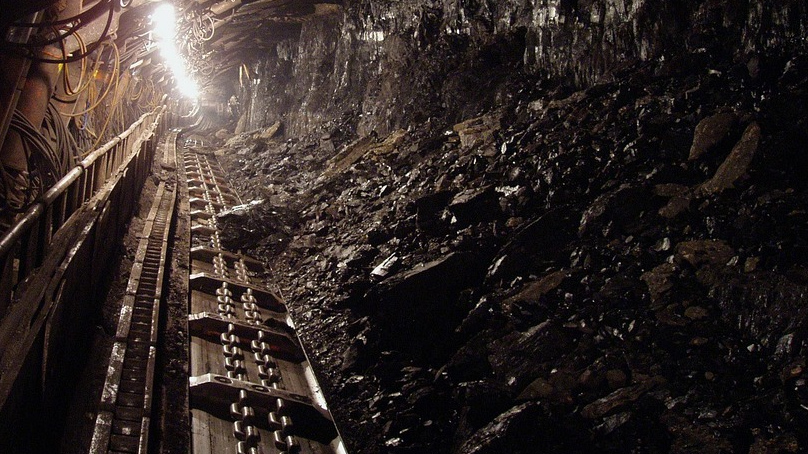
Japan’s detailed account of the wartime slave history of the Korean Peninsula has been recognized by the UNESCO World Heritage Committee, NHK broadcast on September 15.
The committee, meeting in Riyadh, the Saudi capital, discussed the preservation of the group and 23 world heritage sites related to Japan. The objects received this status in 2015.
During World War II, the inhabitants of the Korean Peninsula, occupied by the Japanese army, were forced to work for them.
Since 2020, the Japanese government maintains an Industrial Heritage Information Center to provide information on the history of these sites. However, in 2021, the committee passed a resolution deciding that Tokyo “not quite yet” took the necessary measures to preserve this object.
South Korea, under the leadership of the previous president, radically opposed the perpetuation of the memory of such objects. Tokyo also tried to influence the resolution adopted at that time.
In a 2021 resolution, the committee asked Japan to consider measures for Koreans and other nationalities forced to perform forced labor in harsh conditions. In particular, at the Hashima coal mine exposure, experts got the impression that the workers were not taken there by force, since the information center did not report in any way what the victims had to endure. .
Now the UNESCO committee has recognized Japan’s new measures, including the created section of the “Memory of the Victims” exhibition. In the adopted document, the department asks Tokyo to continue dialogue with Seoul and other interested parties and to continue research, data collection and verification.
Additionally, by December 1, 2024, the committee requested Japan to provide information on the work carried out and next steps to establish a dialogue on this issue.
According to NHK, the adoption of said resolution was influenced by changes in relations between Seoul and Tokyo that occurred after new President Yoon Seok-yeol came to power in May 2022. Yeol, under pressure from the United States, arrived personally to Tokyo with a proposal to resolve a number of conflicts, including the issue of reparations to victims of occupation by Japanese companies.
Seoul also removed all references to Japanese military sex slaves in early September.
In turn, the South Korean Foreign Ministry also published a press release with the resolution and complemented it with its expectations about Tokyo’s next steps. Among other things, it is said that the South Korean government intends to develop dialogue with Japan and UNESCO within the framework of the adopted resolution.
Let us remember that, according to Japan, 23 cultural heritage sites should speak of the industrial revolution of the second half of the 19th century. Includes a coal mine on Hashima Island.
Japan also hoped that the Sado mines would also be included in the World Heritage list, but UNESCO refused several times to grant it this status.
Source: Rossa Primavera
I am Michael Melvin, an experienced news writer with a passion for uncovering stories and bringing them to the public. I have been working in the news industry for over five years now, and my work has been published on multiple websites. As an author at 24 News Reporters, I cover world section of current events stories that are both informative and captivating to read.
